









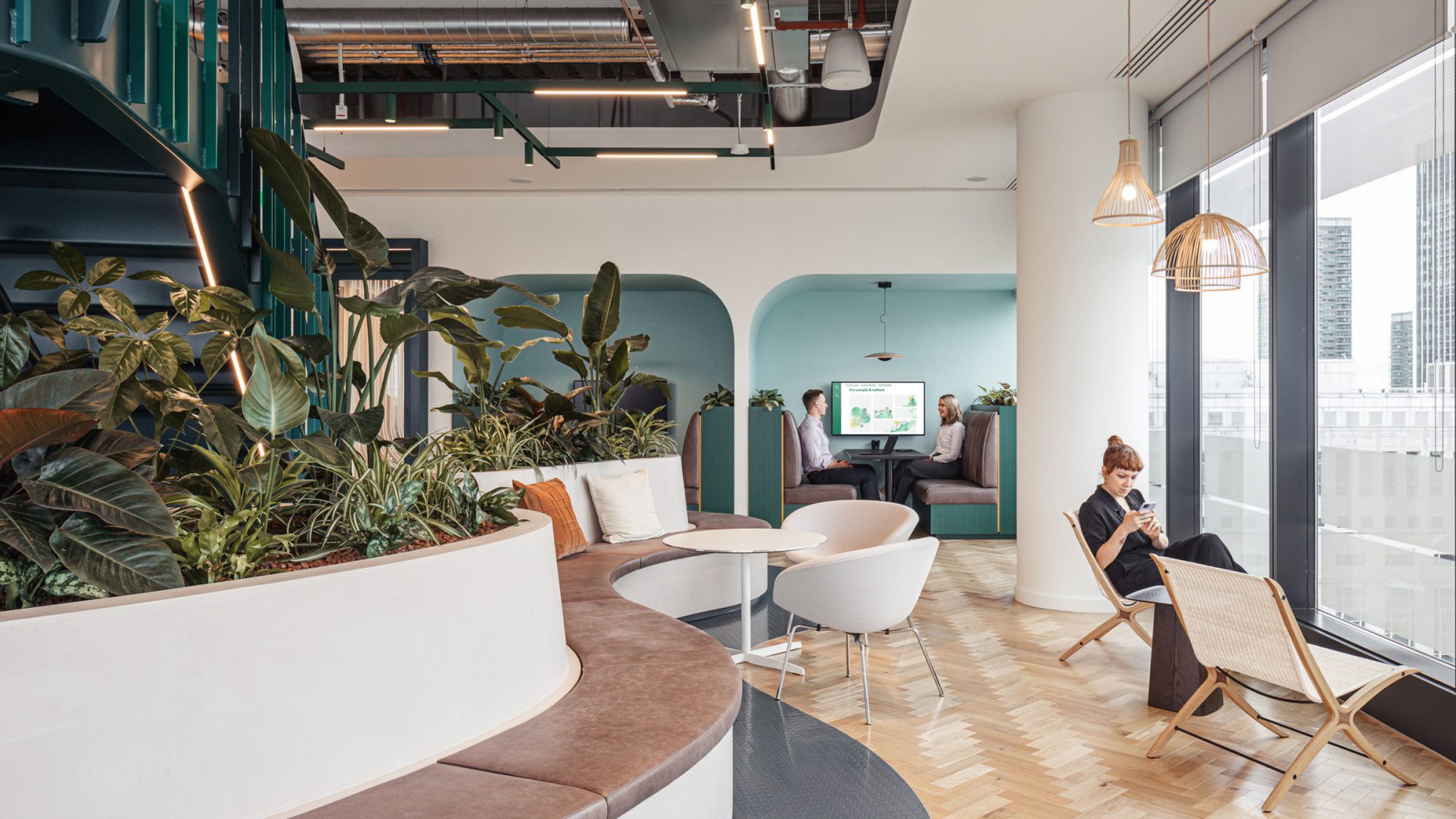
In this article, we explore the key terms and concepts that are essential for understanding and supporting neurodiversity in the workplace.
As we continue to recognise more neurodiverse individuals in the workforce, it’s becoming increasingly important for businesses to grasp the concept of neurodiversity. By doing so, they can create more inclusive environments that benefit everyone. The urgency to address neurodiversity in the job market grows as Gen Z, known for their awareness and openness about such conditions, begins to join the workforce.
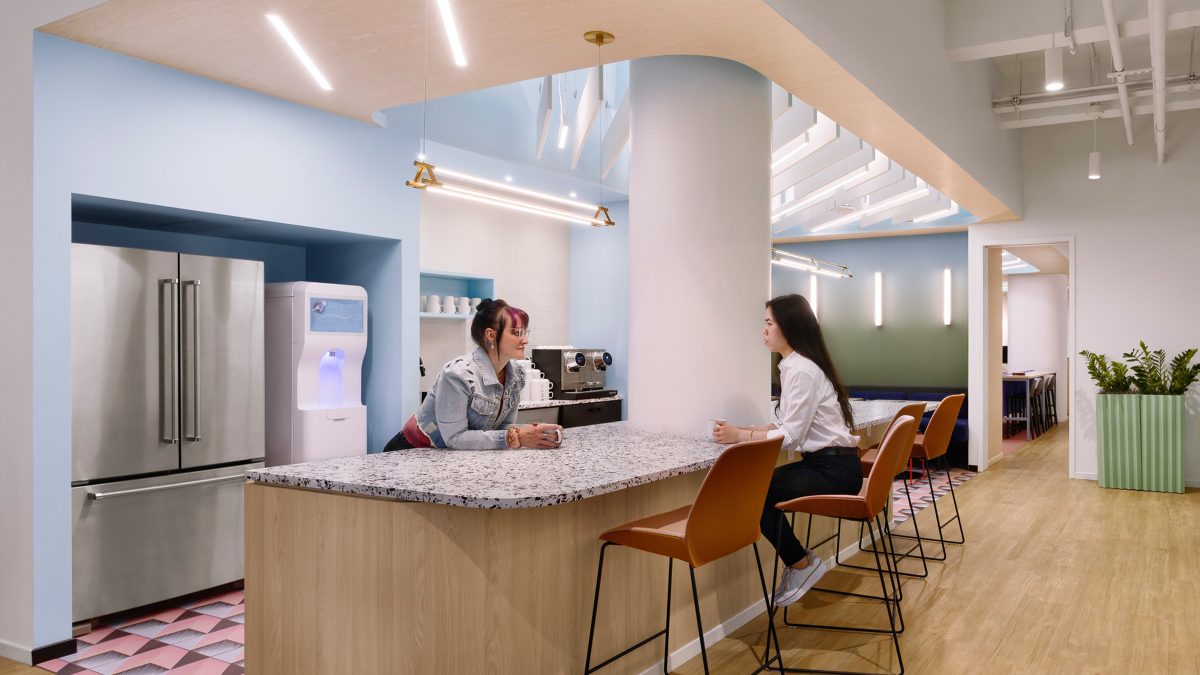
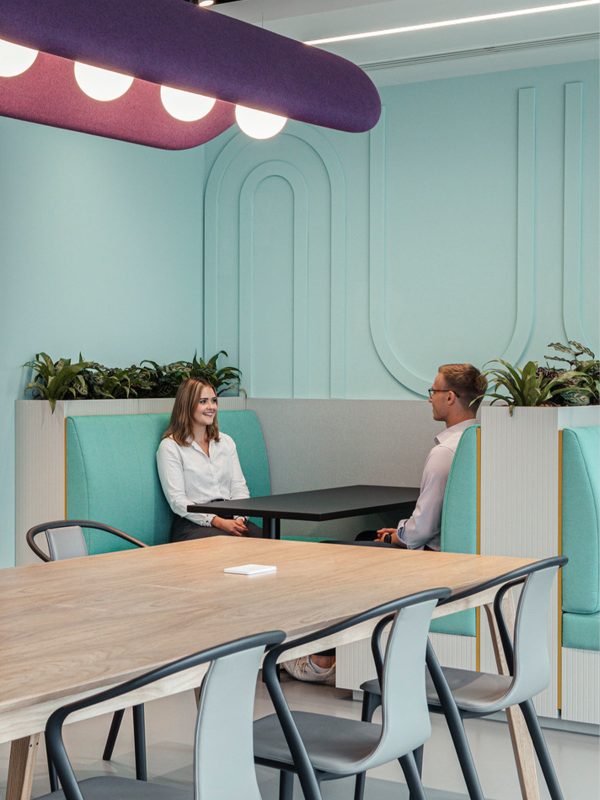
Originating in the 90s, neurodiversity recognises human neurological differences as normal genomic variations. While these differences can sometimes create obstacles, it’s important to note that challenges often stem more from environmental factors than from the differences themselves.
This understanding has captured the attention of workplace designers who aim to create more inclusive environments. Today, neurodiversity is deeply connected to a sense of identity. Many individuals proudly identify with the term, embracing their unique neurological makeup as an integral part of who they are.
Key concepts

EY, IBM, JPMorgan Chase, Microsoft and SAP have implemented dedicated programmes to hire and support neurodivergent employees. These initiatives are designed to tap into the unique strengths that neurodivergent individuals bring to the workplace.
For instance, EY’s Neuro-Diverse Centers of Excellence focus on employing neurodivergent individuals in analytical and technical roles, providing tailored training, mentorship and resources. Similarly, IBM’s Neurodiversity @ IBM offers personalised support, ensuring employees receive necessary accommodations. This initiative also promotes awareness and understanding among all employees to foster an inclusive workplace culture.

Neurodivergence spans various neurological conditions affecting cognition and behaviour. Examples include:
Common behaviours*

Neurodiversity is continuously evolving as we gain a deeper understanding of our differences. For example, neurospicy has been introduced as a playful, self-descriptive way for some neurodivergent individuals to define themselves.
Similar to neurospicy, other informal terms have emerged within the community:
These terms reflect a growing recognition and celebration of how people experience and interact with the world.
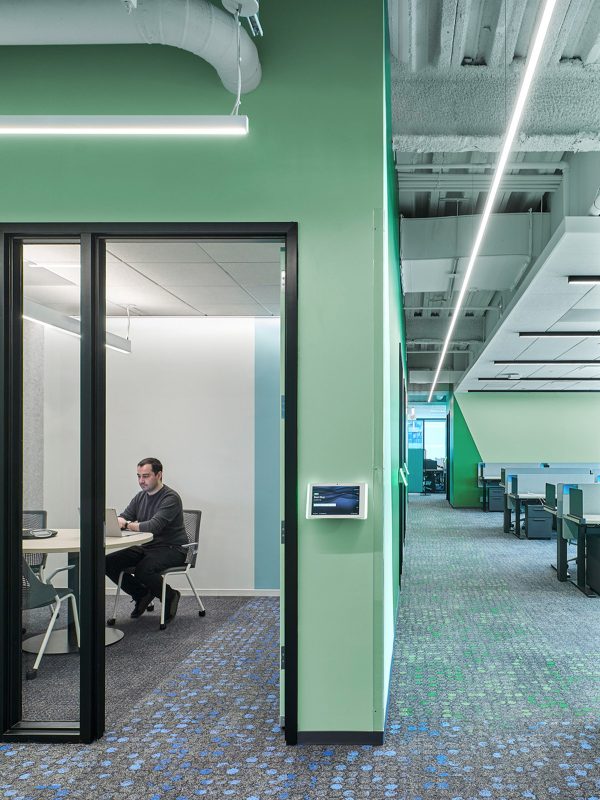
Traditional workplaces often cater to neurotypical needs, unwittingly creating obstacles for neurodivergent people. For instance, open-plan settings, while good for collaboration, can pose significant challenges for those with autism due to a lack of privacy, excessive sensory stimuli and uncertain interactions.
Additional challenges for neurodivergent individuals may include:
A truly inclusive design, on the other hand, promotes flexibility and allows people to customise their experience to their needs. Moreover, this approach empowers individuals to perform at their best, fostering better team dynamics and productivity.
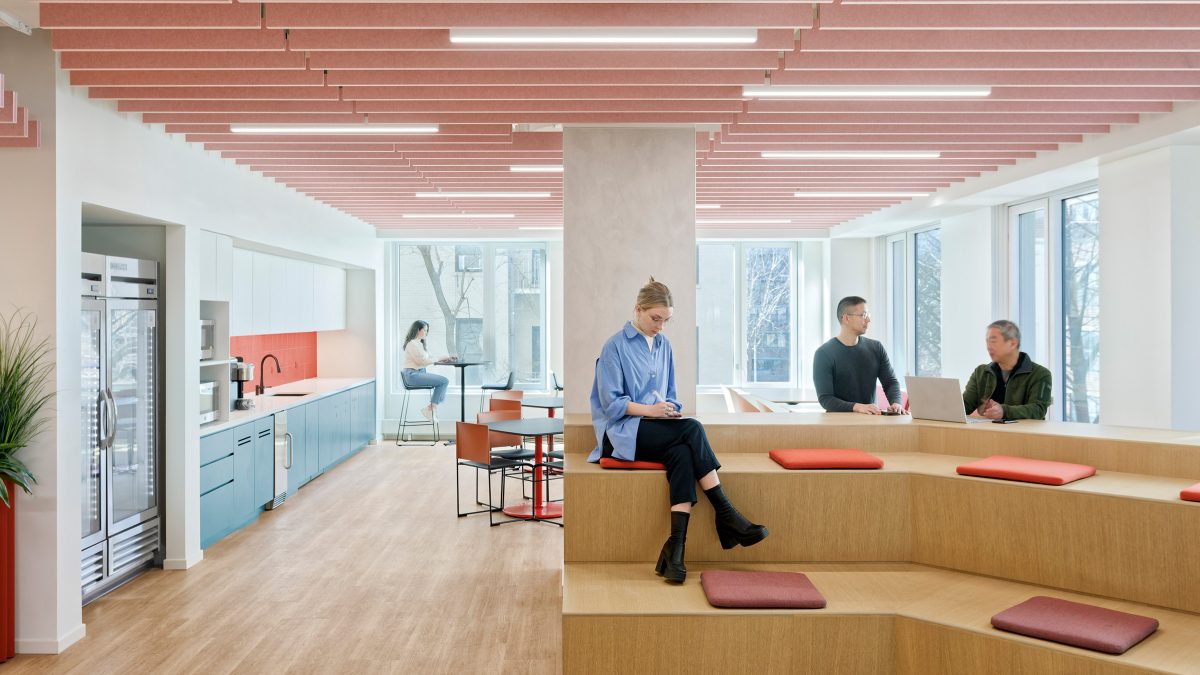
By aligning workplace strategy with design to address physical and environmental barriers, you can create an inclusive workplace that supports all employees. Discover how to use this approach to optimise your team’s wellbeing.
Associate, Workplace Strategy